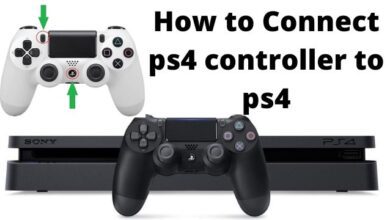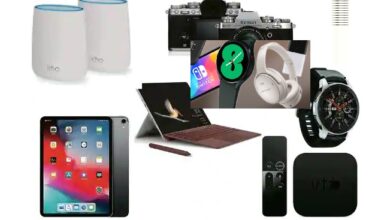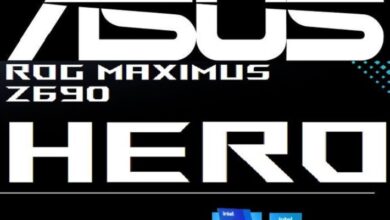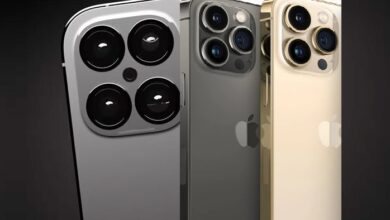Nikon Finally Reveals Its Flagship Z9 Mirrorless Camera
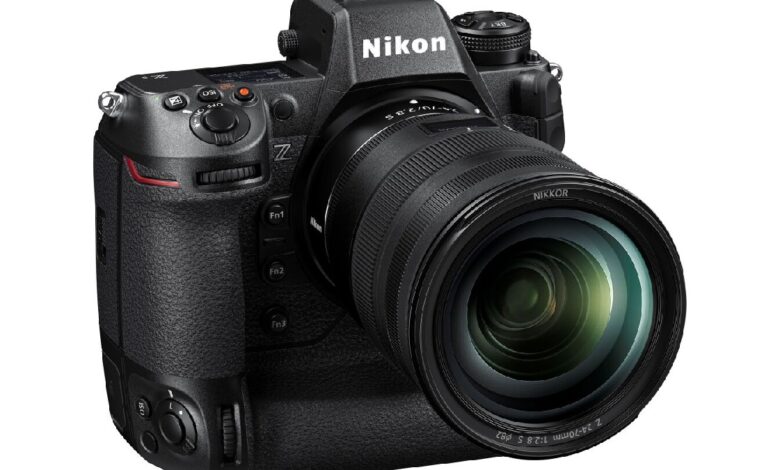
Nikon is the third company to develop a top player mirrorless cameras based on a quick, layered CMOS sensor, and it appears that company isn’t content to be an afterthought as the mirrorless market matures.
This device is with 8K capturing capabilities by one of the profession’s leading brands.
The Z9 is first cameras inside this category to do away with the manual shutters completely, and it’s Nikon’s biggest aggressive camera yet, mainly in terms of video.
Important Features
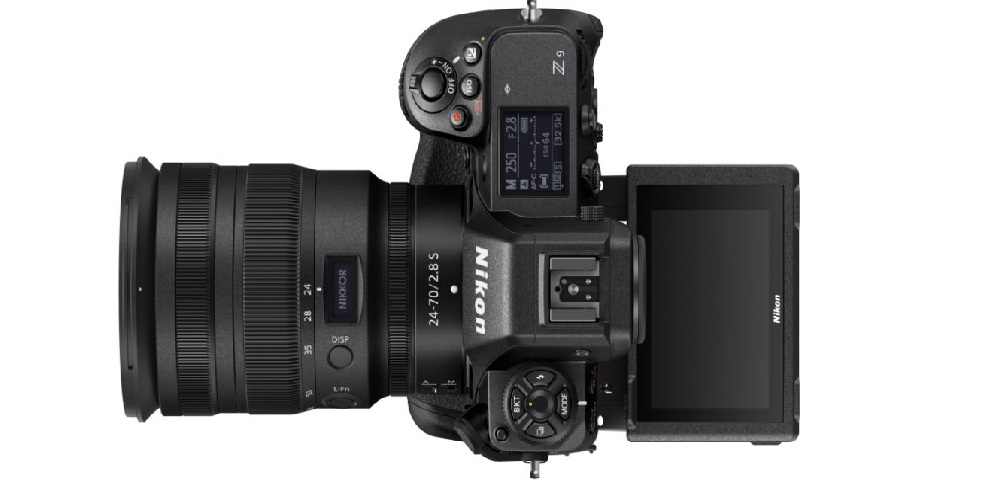
| CMOS sensor | 30 fps JPEG shooting with a 45.7MP stacked CMOS sensor |
| Frames | Raw shot at 20 frames per second (for over 1000 compressed Raws) |
| Resolution | At 11MP resolution, 120 fps JPEG shooting is possible. |
| Capturing | Capture in 8K/30p and 4K-from-8K, utilising ProRes 422 HQ as an option |
| RAW | With f/w, 8K/60p, 12-bit 8K N-Raw, and 4K ProRes RAW will be included. |
| Internal capture | Internal capture of 10-bit N-Log and HLG |
| Latency and brightness | OLED EVF with 3.69 million dots, reduced latency, and increased brightness |
| Rear LCD | Rear LCD with XM dots and multi-directional till |
| C fexpress card slots | Two Type B CFexpress card slots |
| Camera | Camera with a full-time electronic shutter |
| Sensor shield | Sensor shield to keep the sensor safe |
The Nikon Z9 will be released just before end of 2021, with such a suggested retail price of Rs. 4121966.75 and for device itself.
Nikon previously stated that the Z9 would’ve been based around with a Stacked CMOS sensor, which would provide all of the benefits of a Stacking CMOS sensor in terms of bursting rate, readout efficiency, AF corrections, and video capabilities. However, the preliminary reveal did not reveal how optimistic of a detector it would prove to be.
Read Also-WhatsApp Web Last Seen, Profile Photo Can Now Be Changed; Know How
The sensor has the quickest reading rate of any comprehensive sensor we’ve seen, with a flash synchronization of 1/200 sec. However, it has the exact same number of pixels as the sensors used for the Z7 devices, as well as the same basic ISO of 64.
Autofocus
- Subject identification algorithms developed by computer vision are proven to be the distinguishing software improvement, just as’stacked CMOS’ has become the major hardware shift behind the next generation of pro-grade mirrorless cameras.
- The Z9 has already been trained to recognise a comparable set of objects as the Canon EOS R3, including humans, animals, and cars, all of which can be prioritised by the system. The Nikon, like the Canon, has already been trained to recognise eyes, faces, and torsos in order to keep concentration on same subject and zoom in on a very important features. The majority of primary cats, dogs, and birds in regards of animals, whereas the transportation settings recognises cars, trucks, and SUVs.
- The Nikon system, with exception of analogous cross systems like Olympus, Canon, and Sony, does not require you to indicate what kind of topic shooting. It has a ‘Automatic’ subject option that scans the surroundings for any of topic kinds it can identify. If you really want to be certain the cam does not really chose the wrong subject, there are distinct options for People, Animals, and Vehicles, because for the most part, it really is prepared to follow anything point it at. The camera’s topic identification feature can also be turned off with the ‘Off’ setting.
- The debut of ‘3D Monitoring’ on a mirrorless Nikon is the second key upgrade to the Z9. That’s something we’ve been asking for ever since Nikon initially introduced the Z series. When you activate C-AF on the Z9, it happens to look like what it was on the industry’s DSLRs, providing with a tiny square that will stubbornly track everything beneath it. The only modifications you’ll notice are that the AF point can now span the entire sequence instead of being limited to a central AF array, and that it’s more trustworthy now it’s supported by your preferred object identification method.
Synchro VR
The Z9, with exception of prior Z-series devices, gets the opportunity to blend in-body stabilisation plus VR optical stabilisation. Before, the cameras will delegate pitching and yaw movements to the optics, however the Z9 may now employ both systems in a synchronised manner.
This ‘Sychro VR’ option would be accessible firstly only while using the Z MC 105mm F2.8 VR as well as the recently released Z 100-400mm F4.5-5.6 VR S, and Nikkor Z 70-200mm F2.8 VR S compatibility arriving after just a planned firmware update.
Burst Shooting
The Nikon Z9 can shoot JPEG groups at up to 30 fps, placing it on par with Sony’s a1 as well as the Canon EOS R3 (with inferior resolution). If ish to record Raw, though, the highest frame rate lowers to a respectable 20 fpsThere was no darkness whereas the camera captures a picture, like fom a Stacking CMOS shooter, so may use a variety of screen and aural indications.
If shooting JPEG while using the newer Raw processing mode, the phone’s camera cache is large enough to allow to record at this frequency for over 1,000 shots.
Options for Raw Compression
Nikon has included two additional Raw processing settings to deal with the enormous amount of big files the Z9 will generate. Data compression is the default state, although there are also two ‘High Performance’ compressing choices. The ‘HE*’ feature produces files that are around half the size of unprocessed information, while the compression ‘HE’ files are approximately 1/3rd the size.
Nikon hasn’t given us any information about how the compression works or how it can affect the files, so that’s something we’ll investigate whenever Raw support is available.
Video
The rapid readout sensor was always going to boost the Z9’s video performance, but Nikon has clearly put a lot of care into making sure that the modes are actually useful, rather than just appearing good on paper. It is the first Nikon camera to be able to capture Log footage internally, for example.
Read Also-Latest DSLR – Features and Specifications
The cameras will initially deliver 8K/30p, over sampled 4K at up to 30p, or even less precise 4K at high to 120p shot out from scanner’s entire width. With such a scheduled software upgrade in 2022, these features will be increased. Initially, had the option of 8-bit or 10-bit files using H.264 or Full hd compression, or large, delivering ProRes 422 HQ files.
| Video rolling | shutter rates |
| Video mode | Rolling shutter time |
| 8K/30/24 | ~14.3ms |
| 4K/30/24 | oversampled (from 8K)~14.3ms |
| 4K/120/60 subsampled | ~4.8msVideo rolling shutter rates |
Intrinsic Raw footage recording at up to 60p will be enabled with the system update. Nikon promises a 12-bit 8K/60 choice in a newly designed ‘N-Raw’ form, as well as integrated ProRes Raw HQ recording at up to 4K/60.
Nikon claims that the camera can shoot in oversampled 4K/30 for more than two hours (at ‘normal’ conditions). It also claims that, compared to the Z6 II and earlier Nikon cameras, the latency over HDMI has been cut in half, making it considerably easier to examine the camera’s output.
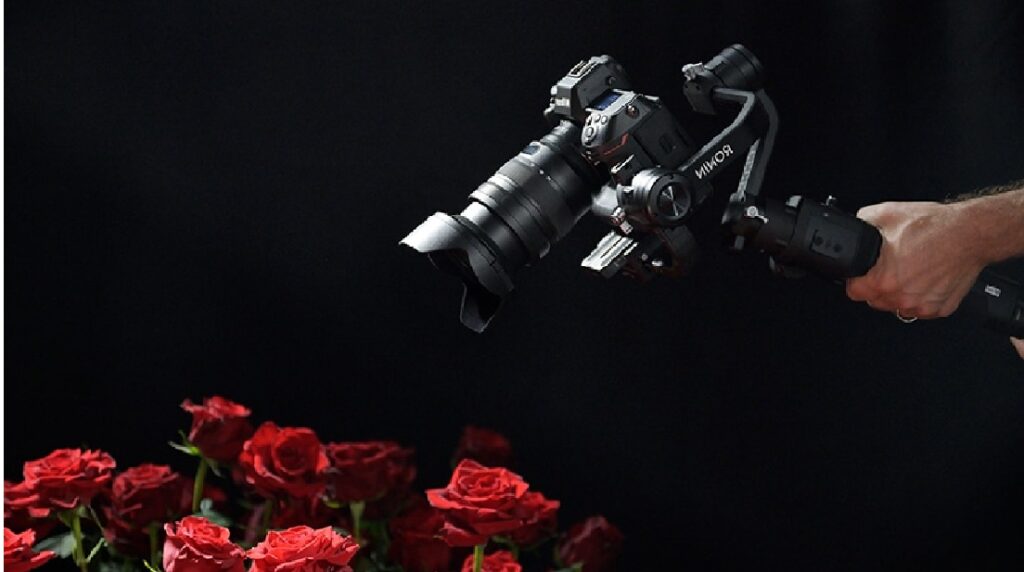
Features
| Shutter Life: | Unlimited |
| Shutter Speed Range: | 1/32,000 to 900 seconds |
| Focus System: | 493 points; 9-subject classification and deep learning algorithms; eye AF |
| Focusing Range (f/2, ISO 100 standardized): | -5 to 21.5 EV; -7 to 21.5 EV when Low-Light AF is enabled |
| Video Maximum Resolution: | 8K at 30p, no crop |
| Slow Motion Video: | 4K at 120p, no crop (and eventually 8K at 60p with firmware update) |
| Video Quality: | 10-bit N-log internal recording, 4:2:2 (and eventually 12-bit raw internal recording with firmware update) |
| Rear LCD: | 3.2″ touchscreen, dual axis tilt, 2.1 million dots |
| Battery Life: | 700 shots |
| Weight (with battery and card): | 1340g (2.95 lbs) |
| Dimensions: | 149 × 149.5 × 90.5 mm (5.87 × 5.89 × 3.56 inches) |

